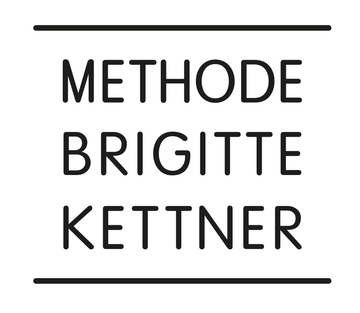Hyperpigmentation is excess deposits of melanin, which is responsible for your individual skin pigment. These excess areas are mildly to excessively darker than your skin pigment, can form in small or large patches, and can be found anywhere on your body. You are more likely to experience hyperpigmentation as you age. Here’s what you need to know.
The 3 Types Of Hyperpigmentation
It is helpful to understand what is causing your hyperpigmentation so that you can take a proactive approach. The 3 different types are:
Melasma—this is caused during times of significant hormonal changes, typically during pregnancy or menopause. This type of hyperpigmentation can form anywhere on the body but is most common on the face and stomach.
Sunspots—also referred to as liver spots or solar lentigines, these spots are the result of ongoing exposure to the sun. They are most likely to form in areas often exposed to the sun such as the hands and face.
Post-Inflammatory—this type of hyperpigmentation forms after injury or inflammation to the skin. The most common type is acne scarring or any other type of scarring caused by inflammation or abrasion. It can also occur after harsh or damaging skin treatments.
How To Minimize Your Risk Of Hyperpigmentation?
You may not be able to prevent hyperpigmentation, but you can take a proactive approach to minimize your risk:
- Wear head-to-toe broad-spectrum SPF 50 sunscreen year-round and reapply to your face and exposed areas at least once per day—even if you aren’t in direct sunlight.
- In addition to sunscreen, wear SPF clothing when in the sun for prolonged periods of time, wear a hat, sit under an umbrella, and minimize direct sunlight.
- Avoid extended periods of time in the sun when it’s strongest, typically between 10 a.m to 4 p.m.
- Be particularly mindful of sun exposure when taking prescription medications that increase sensitivity to the sun.
- Ensure that all facial and body treatments are performed by a licensed professional.
- Ask your physician about hormone therapy during perimenopause.
- Consider hormone therapy (typically birth control) and gentle acne skincare products if you are experiencing acne.
- IR red light therapy has a variety of skincare benefits, one of which is soothing inflammation and stimulating cellular repair after sun exposure, both of which can minimize the formation of hyperpigmentation.
How To Treat Hyperpigmentation?
Once hyperpigmentation has formed, there are a variety of treatment methods to choose from. You are likely to turn to a variety of methods, but whatever you choose—be gentle and patient as results take time.
Face Acids—not to worry as the face acids we are referring to are gentle and 100% pain-free. Look for skincare products that contain salicylic acid, glycolic acid, and vitamin C (l-ascorbic acid), each of which you can apply daily. As long as they are in low concentration, they should not irritate your skin. These ingredients will gently exfoliate your skin promoting new and lighter skin cells to form. The Methode Brigette Kettner Anti-Pigmentation Line is formulated with these healing face acids.
Green Light Therapy—we mentioned that IR therapy is an excellent proactive approach to hyperpigmentation, but green light therapy is an ideal reactive approach. It minimizes dark spots, soothes inflammation, calms rosacea, and minimizes dilated capillaries. For at-home use, consider The Wave by MBK, which also has red, blue, and green lights and 4 anti-aging modalities.
Microdermabrasion—microdermabrasion is a method of dermaplaning and deep exfoliation. Head to the spa for treatment by a licensed professional or you can do your treatments at home with the MBK Microdermabrasion Unit.
It will take several months to see results so the sooner you begin treatment the better.
